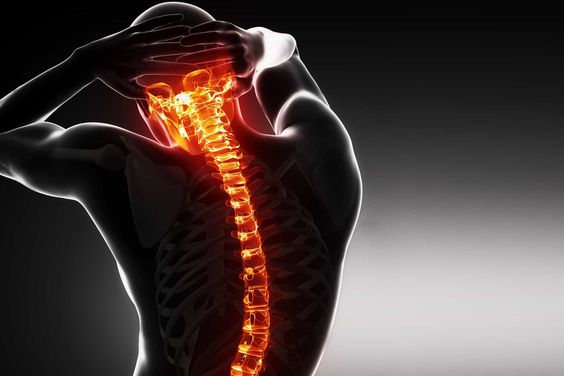Introduction
Ankylosing spondylitis (AS) is a type of arthritis that mainly affects the spine. It causes inflammation of the vertebrae that can lead to severe, chronic pain and discomfort. Over time, the inflammation can lead to new bone formation on the spine, causing sections of the spine to fuse in a fixed, immobile position. While AS primarily affects the spine, it can also affect other joints in the body, including the hips, shoulders, and knees.

AS is a chronic condition that can significantly impact quality of life. The symptoms often appear gradually over time, starting with stiffness and pain in the lower back and buttocks, particularly in the morning or after periods of inactivity. Early diagnosis and treatment are crucial to managing symptoms, slowing disease progression, and improving long-term outcomes.
Symptoms of Ankylosing Spondylitis
The symptoms of AS can vary from person to person, but common signs include:
- Chronic pain and stiffness in the lower back and buttocks: This pain often worsens during periods of inactivity, like in the morning or after sitting for long durations.
- Pain and stiffness in other joints: While the spine is primarily affected, other joints like the hips, shoulders, and knees can also become inflamed and painful.
- Fatigue: AS can cause persistent fatigue, making it difficult to perform daily activities.
- Limited spinal mobility: As the condition progresses, inflammation and bone fusion can limit spinal flexibility and range of motion.
Causes and Risk Factors
The exact cause of AS remains unknown, but genetic factors play a significant role. People who have a gene called HLA-B27 are at a much higher risk of developing AS. However, having the gene doesn't guarantee you'll develop the condition, and some individuals with AS do not have this gene.
Other factors that may contribute to the development of AS include:
- Family history: Having a close relative with AS increases your risk.
- Gender: Men are more likely to develop AS than women.
- Age: AS typically develops in early adulthood, between the ages of 17 and 45.
Treatment for Ankylosing Spondylitis
There is no cure for AS, but treatments are available to manage the symptoms and slow disease progression. Treatment plans typically involve a combination of:
- Medications: Nonsteroidal anti-inflammatory drugs (NSAIDs) are commonly used to reduce pain and inflammation. Disease-modifying antirheumatic drugs (DMARDs), and biologics can help slow the progression of the disease.
- Physical therapy: Regular exercise and stretching can help maintain flexibility, strengthen muscles, and improve posture, which is crucial in managing AS.
- Lifestyle modifications: Maintaining a healthy weight, practicing good posture, and getting enough rest can contribute to managing AS symptoms.
- Surgery: In some cases, surgery may be necessary to repair damaged joints or improve posture.

.jpg)